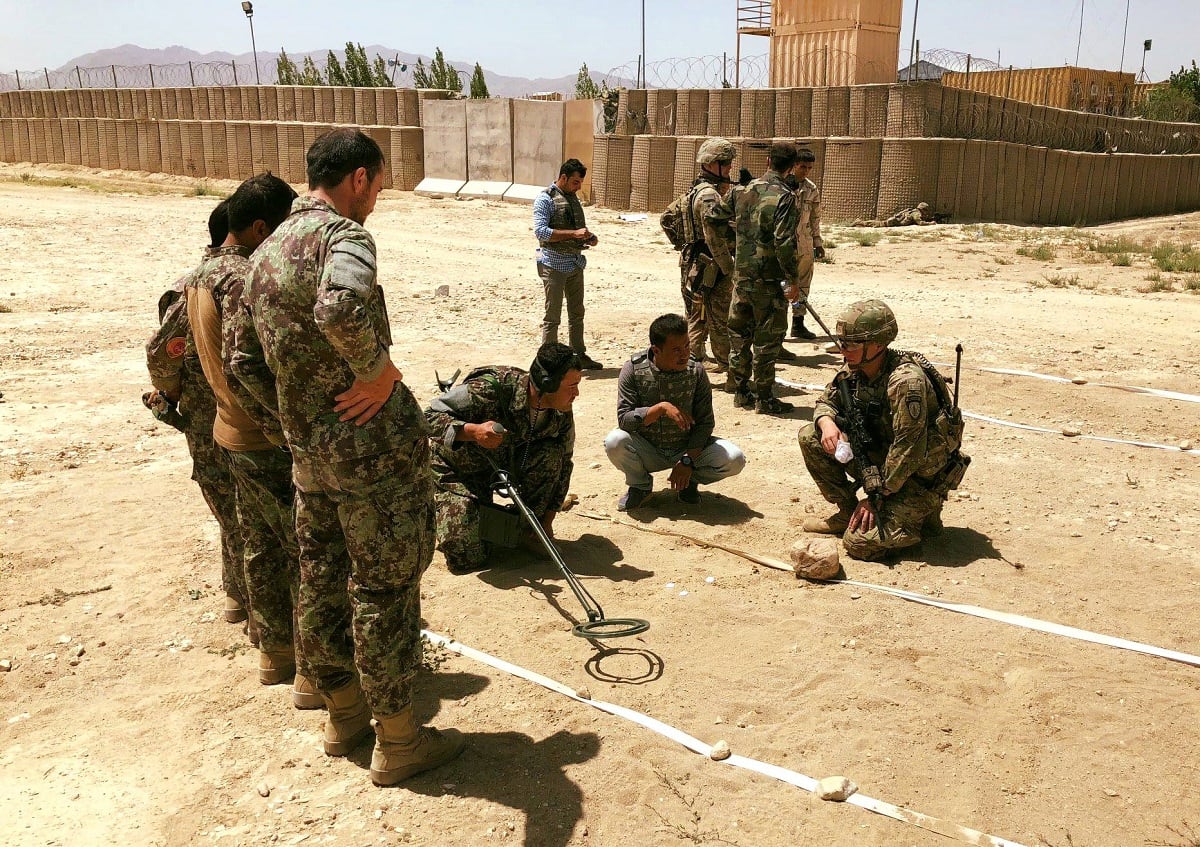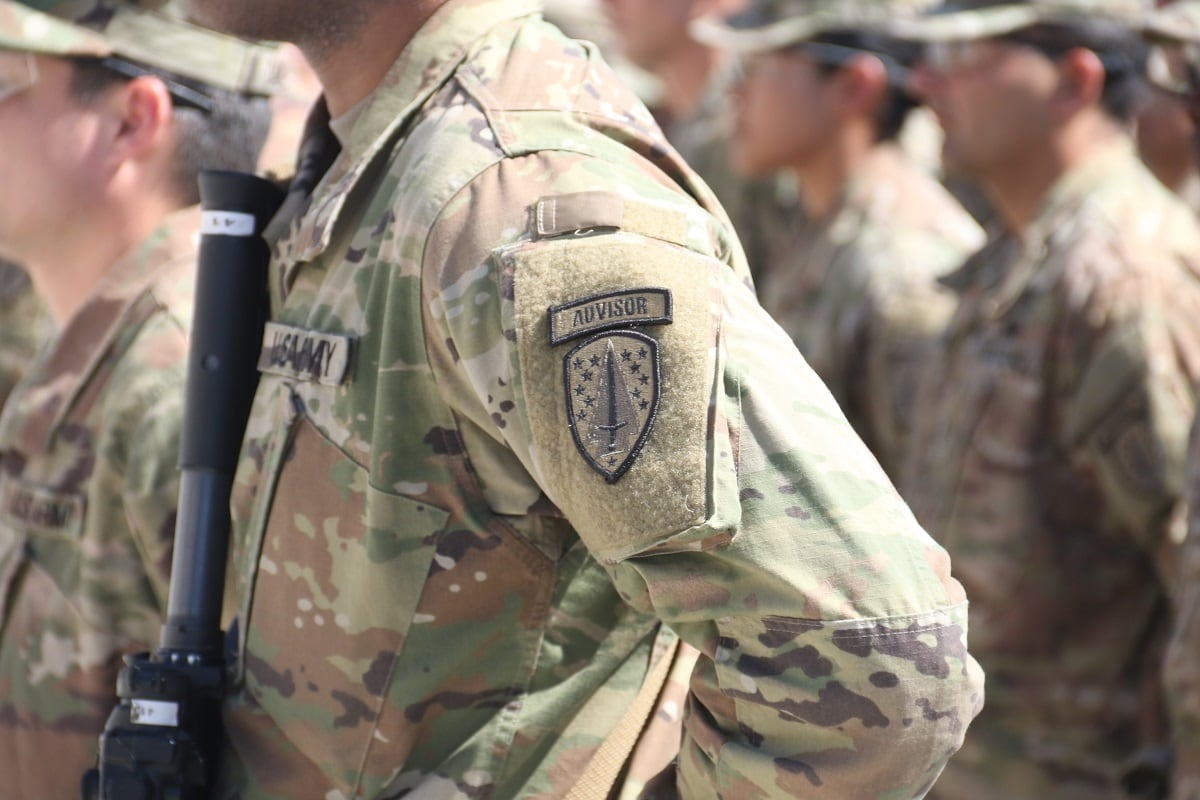The 1st Security Force Assistance Brigade is back from its maiden deployment to Afghanistan, the 2nd SFAB is preparing to leave for its own rotation, and SFAB No. 3 is preparing to activate at Fort Hood.
So, where to?
While the Army’s SFAB concept was originally designed to be available all over the world, the first two brigades have both been tapped for U.S. Central Command to aid in training, advising and assisting the Afghan National Army and Afghan National Police.
But, Army Chief of Staff Mark Milley told Army Times on Wednesday, the plan is still to make them available for deployments to Africa, Europe and so on.
“The reason we said five [SFABs], initially, was to have one for each of the geographical combatant commands,” he said, adding that the sixth, a National Guard-based brigade, would be available for U.S. Northern Command.
With 1st SFAB’s redeployment from Afghanistan, the after-action reports are calling the model a success. Having professional military advisers focused on that mission made a difference, Milley said.
“Granted, it’s a tactical effect,” he added. “It’s not necessarily a strategic effect.”

The hope had been that SFABs could take the pressure off brigade and division headquarters elements, which have been deploying to Afghanistan and Iraq for the train-advise-assist mission since conventional combat operations officially ceased in those countries ― in 2014 and 2011, respectively.
So far, the Army has not used an SFAB to outright replace the presence of one of those traditional units.
RELATED

On the other hand, President Trump has recently signaled his wish to withdraw troops from Afghanistan, potentially freeing up the remaining SFABs, which are standing up over the next year, to go elsewhere.
“Yes, we absolutely think the SFABs will be around for a good, long time. Decades,” Milley said.
Meanwhile, formations from around the Army are regularly training with local partner forces in Eastern Europe, Africa, South America and the Asia-Pacific region, doing a similar mission to what the SFABs do exclusively.
“And we think they will be employed in areas other than Central Command,” Milley added. “But right now, that’s where we’re being used … because that’s where the demand is.”
Meghann Myers is the Pentagon bureau chief at Military Times. She covers operations, policy, personnel, leadership and other issues affecting service members.




